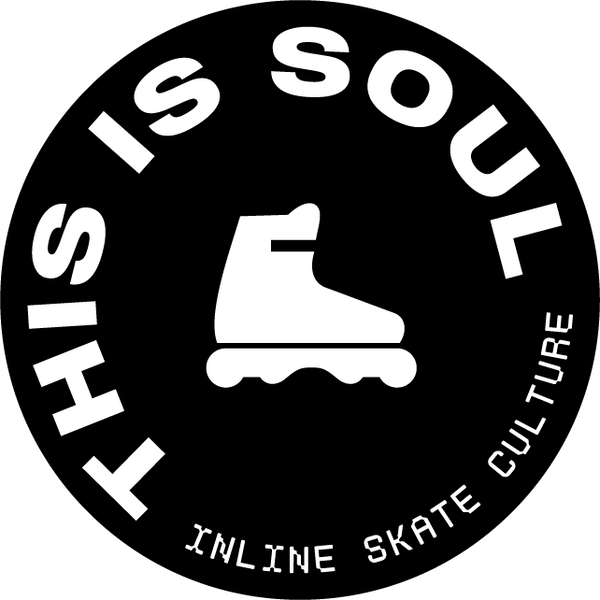Soulplates
Short answer:
Soulplates on aggressive inline skates have evolved from simple add-ons to integrated components that improve both performance and durability. The modern soulplate design reflects years of development and innovation, ensuring a balance between grindability, stability, and strength.
The history of soulplates
The history of soulplates in aggressive inline skating is a story of evolution. Skaters needed better ways to perform grinds and protect their skates. Over time, soulplates transformed from makeshift add-ons to essential parts of skate design. They now optimize the experience for skaters.
Early soulplates: Adapting to a new trick
The first grind on inline skates took place in 1993, pioneered by Chris Edwards. At that time, skates weren't designed for grinds, so skaters started modifying their equipment. Early on, grind plates were added to the frames to protect them and make sliding on rails easier. These plates were small pieces of plastic or metal attached to the skate.
Initially, all grinds were done between the middle wheels. However, as the sport progressed, skaters began grinding on the sides of their skates. This shift led to the development of the soulplate. This new part of the skate became crucial for tricks like soul grinds. Interestingly, This Is Soul skate shop takes its name from this foundational trick.
The hardware revolution of the late '90s
In the late 1990s, brands like Salomon, K2, Fila, and USD entered the market with skates that had integrated soulplates. These new designs eliminated the raised heel, making skates more suitable for grinding and other tricks. Another important addition was the backslide groove. This groove, located in the middle of the soulplate, allowed skaters to lock their feet at an angle on rails and ledges. Tricks like royales and backslides became easier to perform.
Integrated backslide plates and modern soulplate design
Skates like the Roces 5th Element and later models of the USD Throne introduced integrated backslide plates. These could be replaced when worn out, adding longevity to the skate. By 2003, the design had matured. Flat soleplates with backslide grooves became standard across most aggressive skates.
However, skaters continued to experiment. Salomon's widebody soulplate aimed to make grinds easier by widening the plate. But many skaters found it too wide, making turning difficult. Modern skates like the Razors Shift now feature some of the widest soulplates. For skaters who find them too wide, techniques like cess slides can help wear them down to a more manageable size.
Understanding frame mounting is essential for optimizing soulplate performance. Read more here. Also, explore how grinding grooves improve your setup here.
The future
The trend in soulplates today is moving towards one-piece designs. These provide more strength and durability. The USD Aeon skate is an extreme example, with its integrated soulplate, boot, and frame design. This creates a very solid skate. The Razors Shift also follows this trend, simplifying the skate's components for improved strength and performance.
In summary, soulplates have become a well-developed part of aggressive skates. They balance the necessary elements for grinding while providing stability. Future innovations will likely focus on making soulplates even stronger and more integrated into the overall skate design.
Looking to upgrade your skates? Our Hardware Insights provide all the details on what works best and why. Get the lowdown on everything from shock absorbers to wheel compounds, and make the right choice for your skating style.
